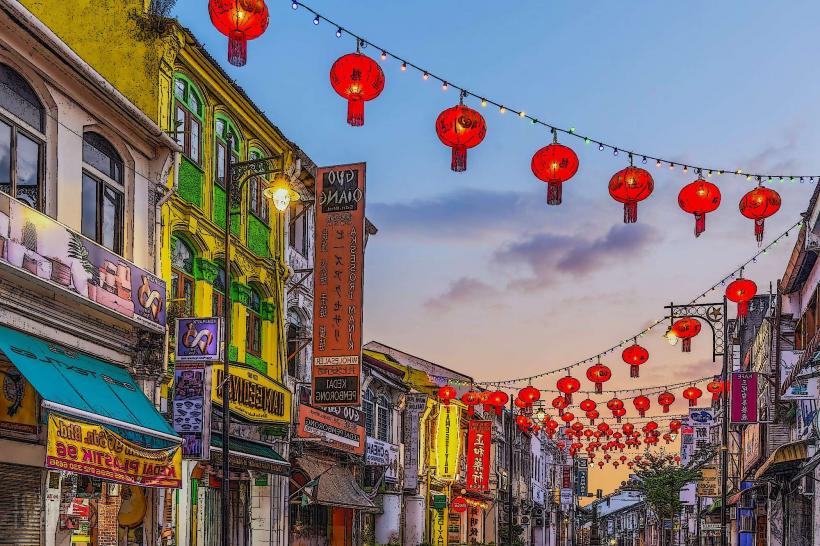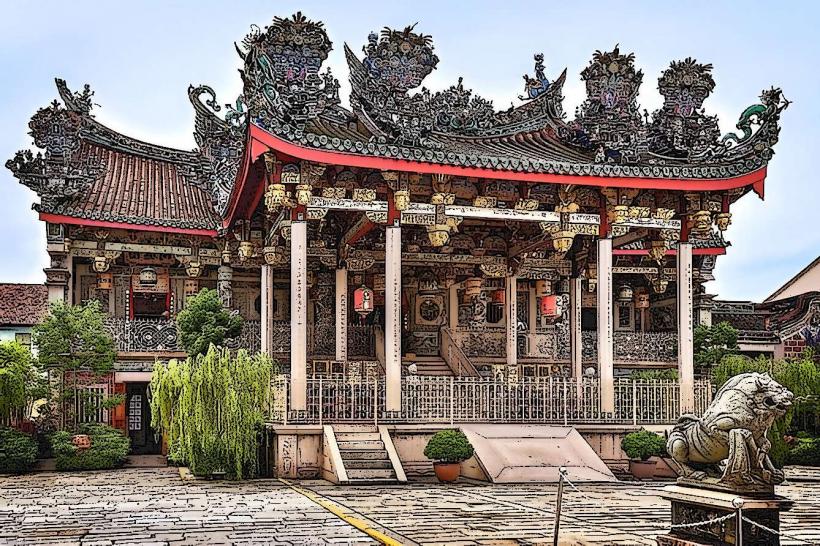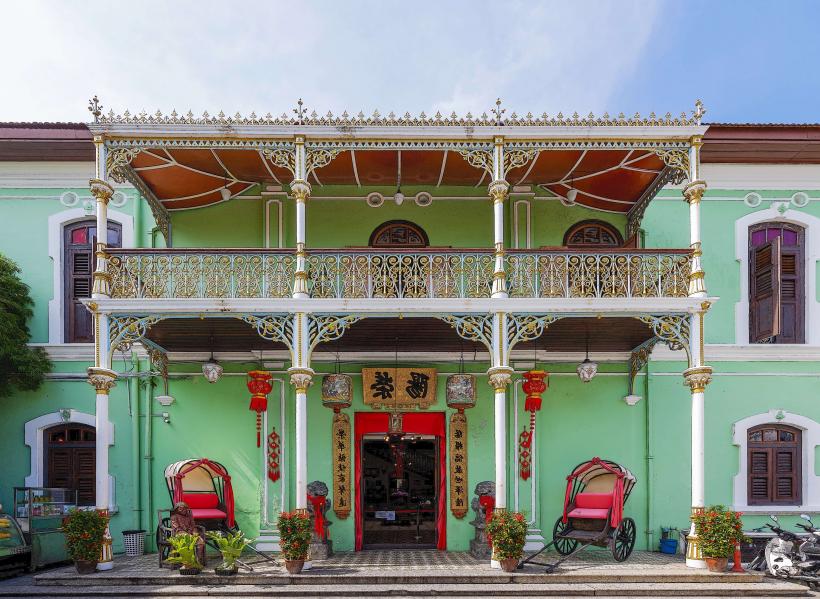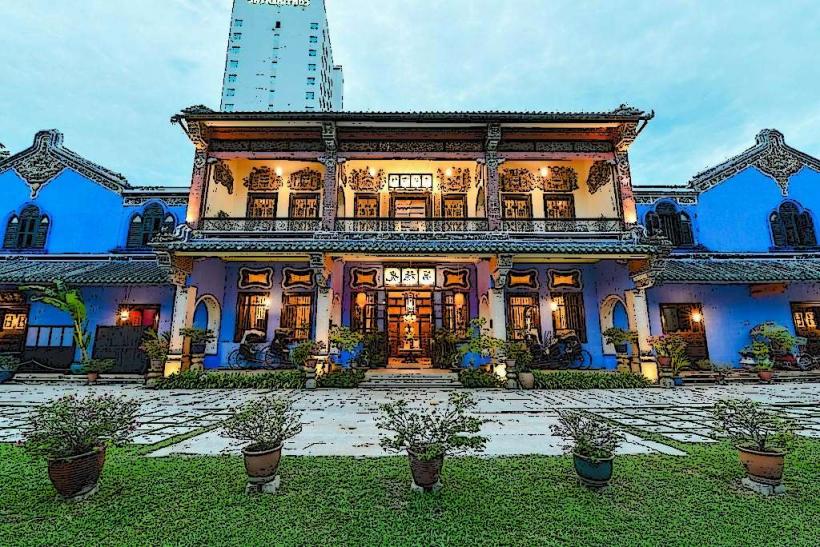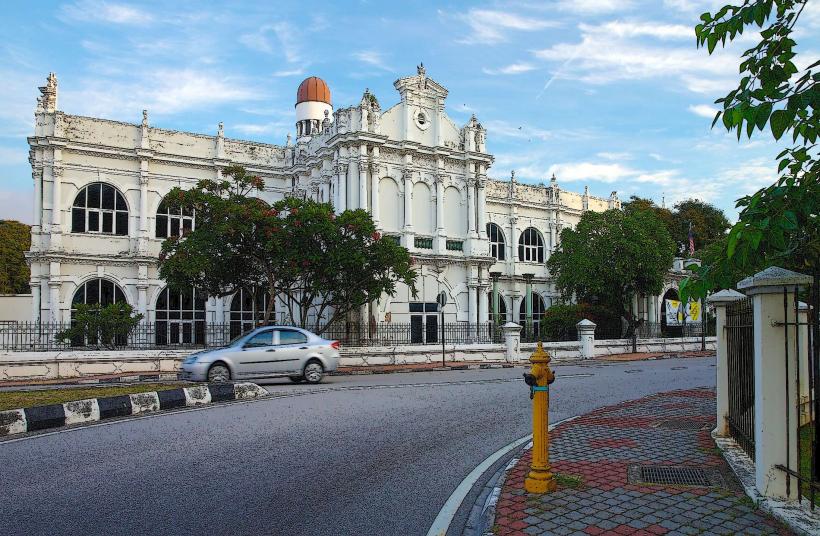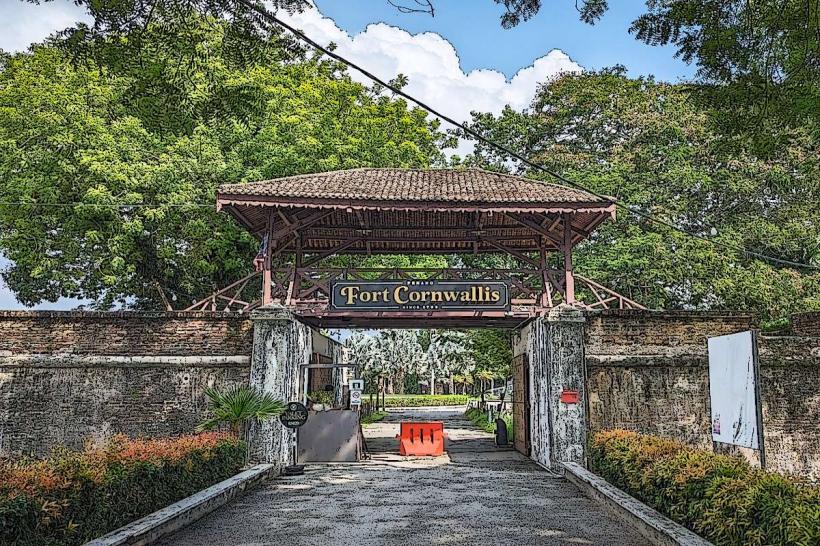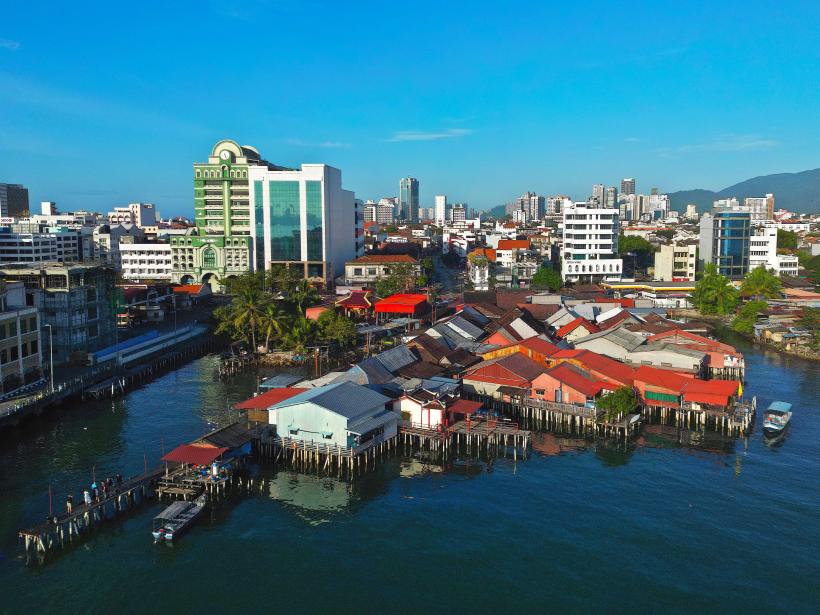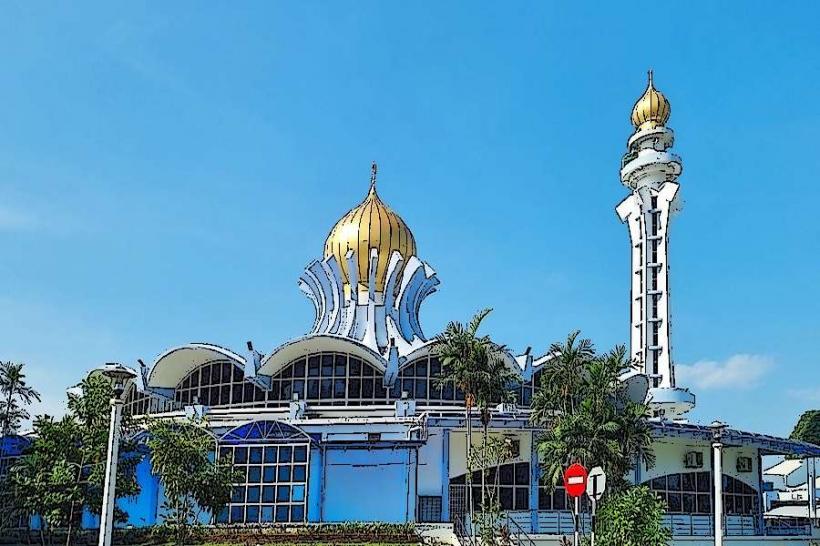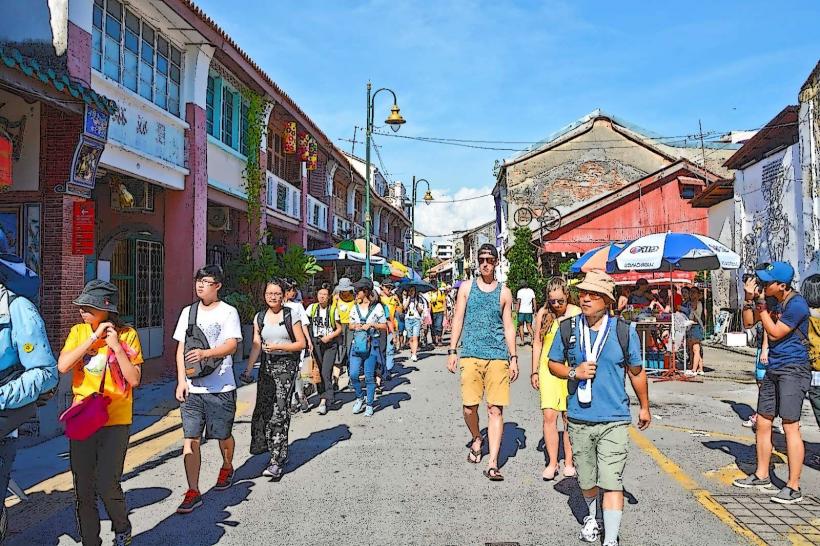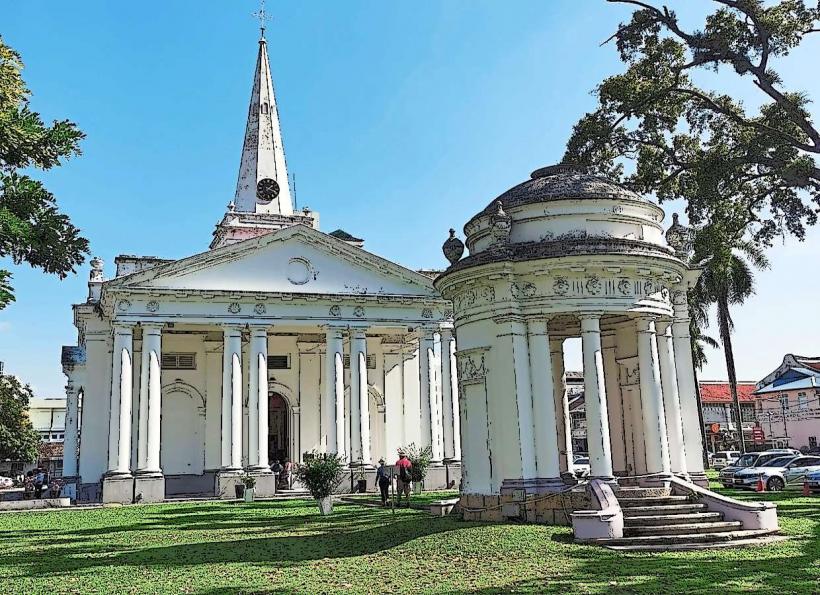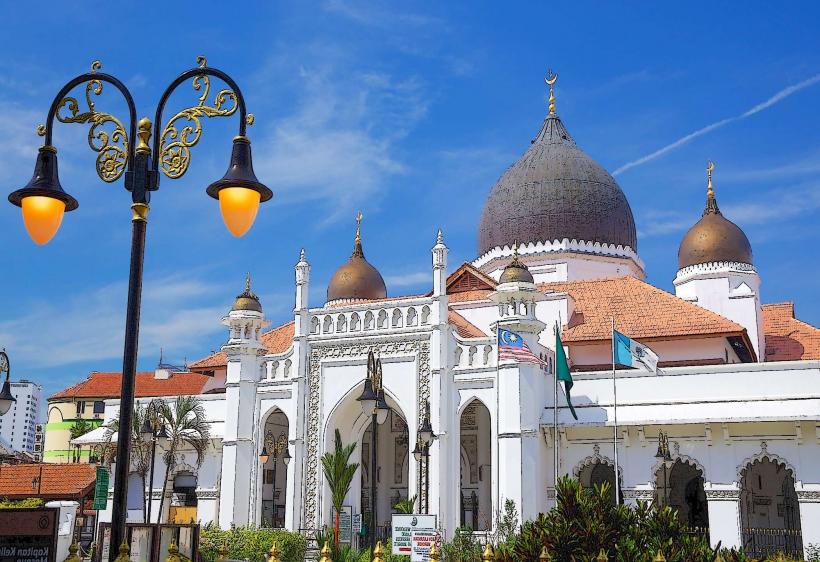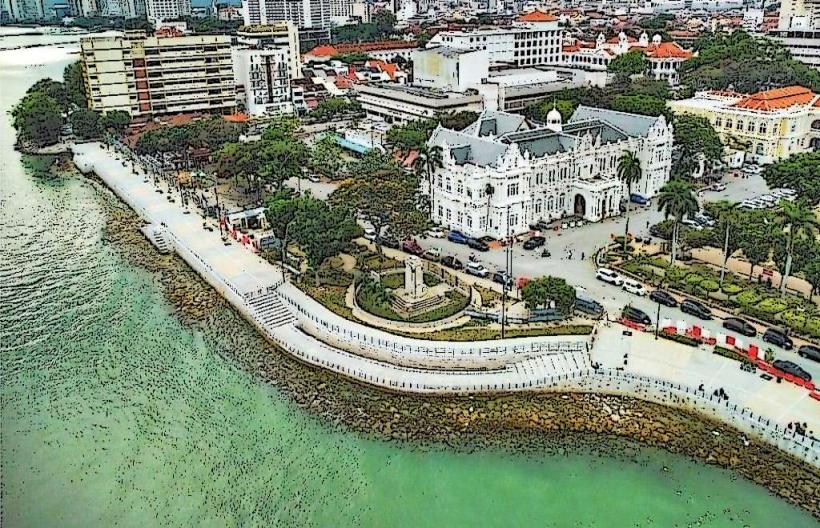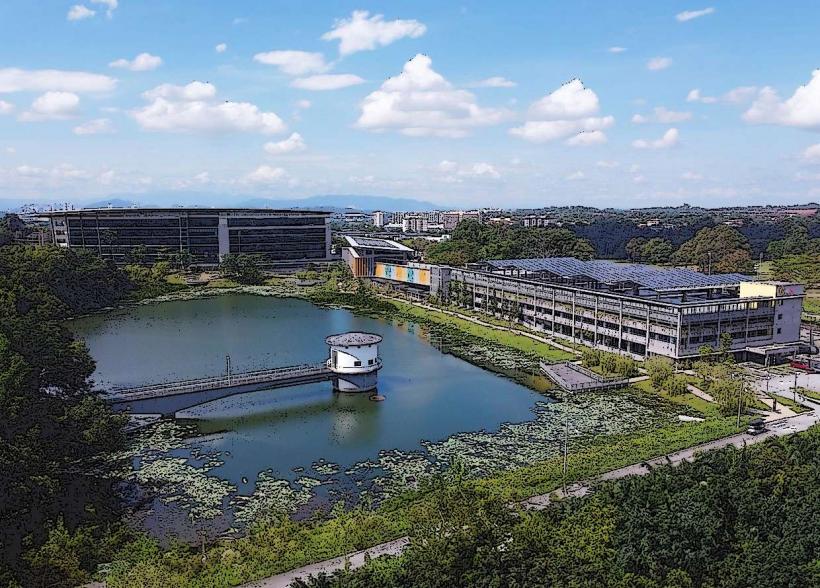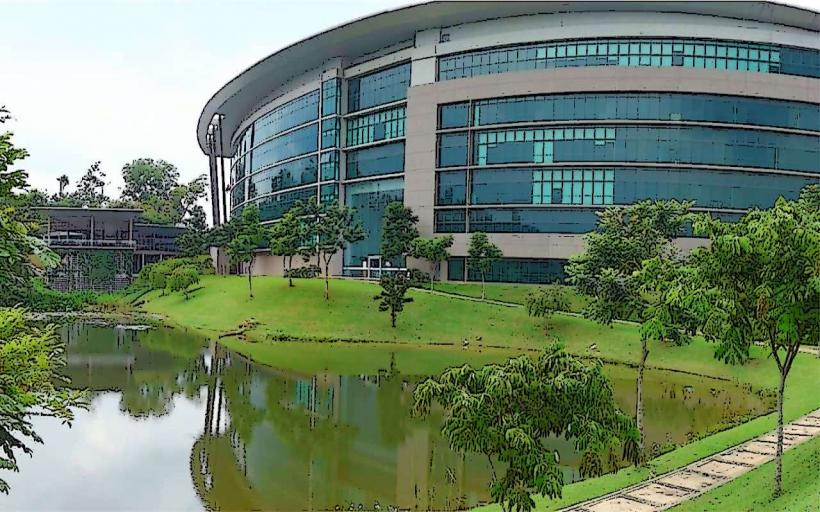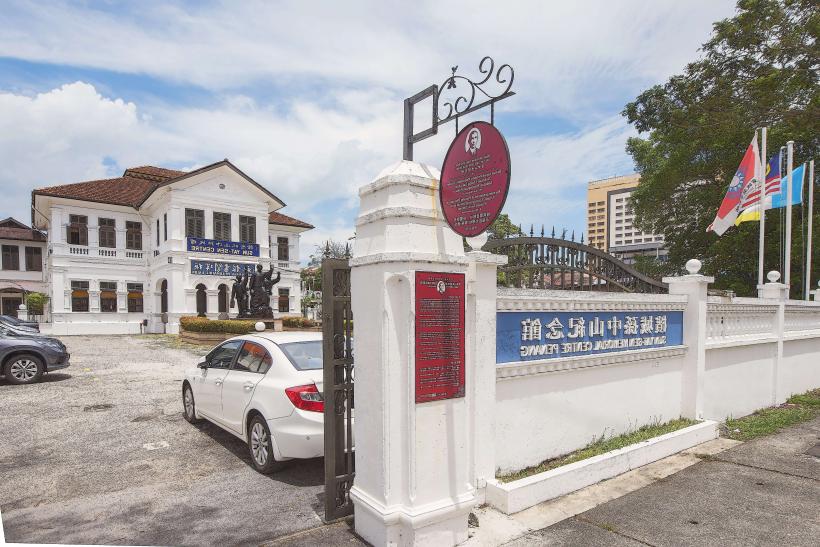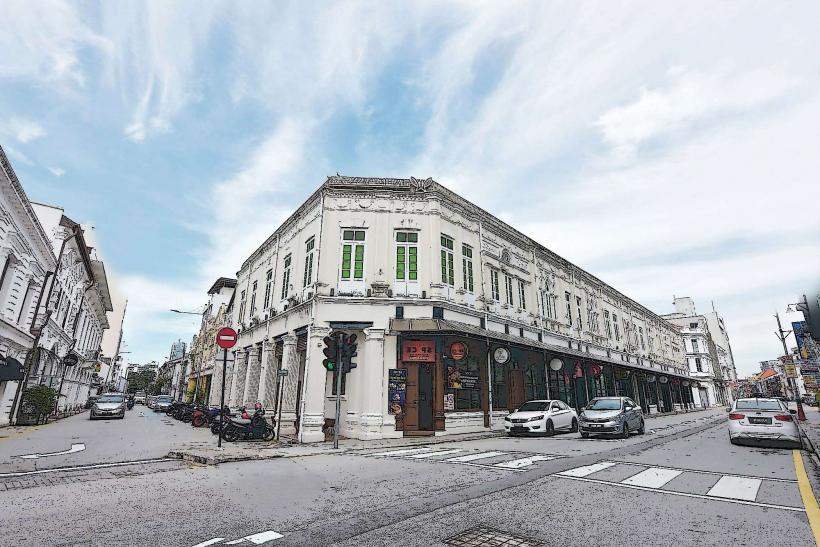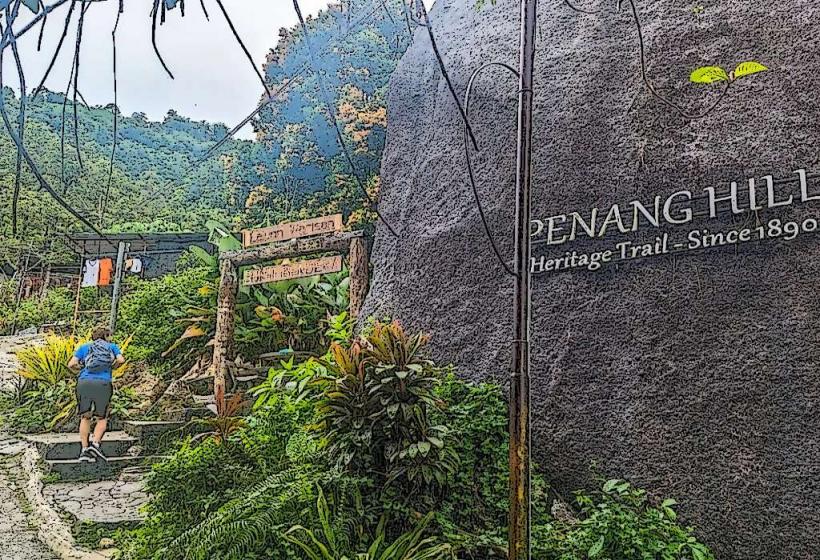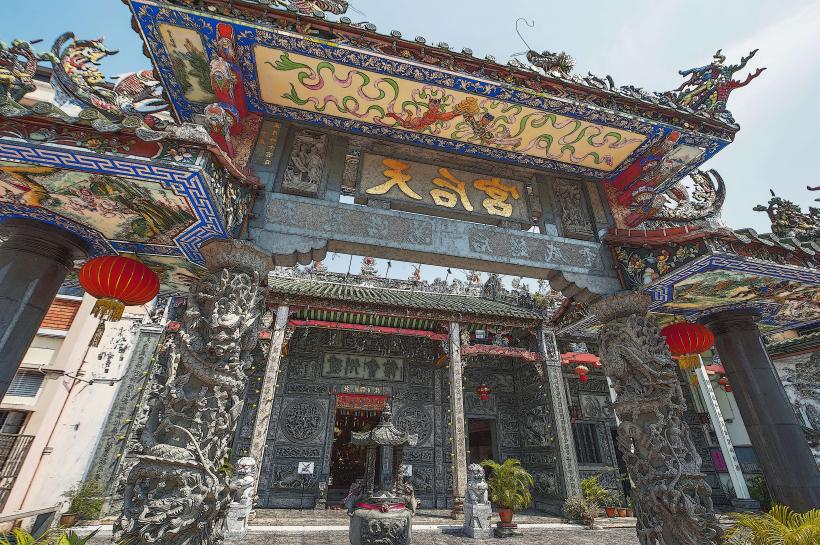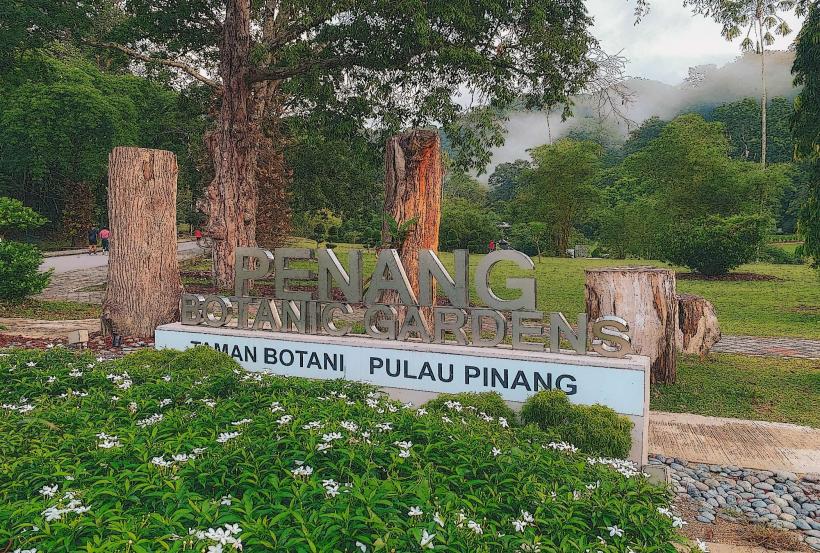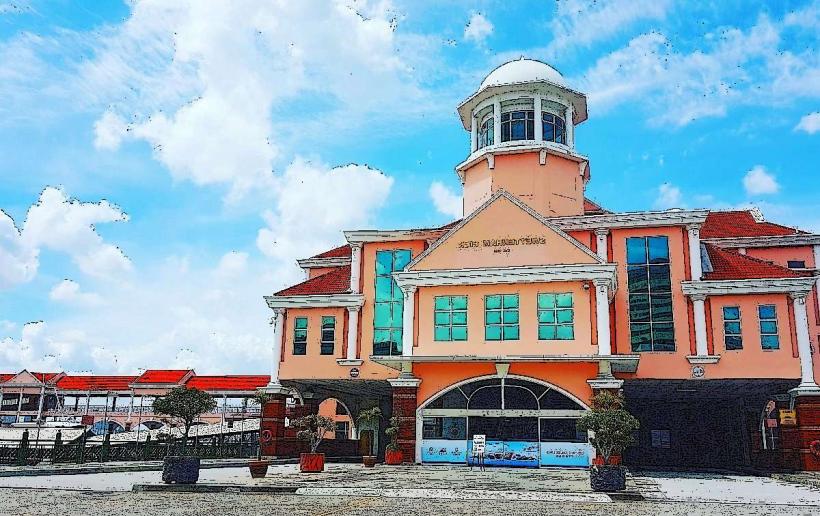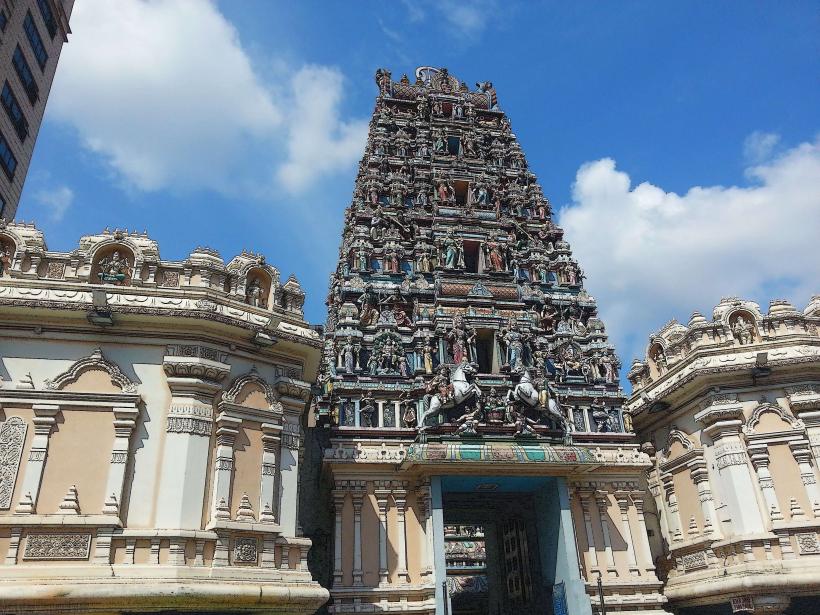Information
Landmark: Yap KongsiCity: George Town
Country: Malaysia
Continent: Asia
Yap Kongsi is a historic Chinese clan house located in the heart of George Town, Penang, Malaysia. It is one of the oldest and most prominent clan houses in the city, reflecting the rich Chinese heritage and the influence of the Hokkien community in Penang. Clan houses like Yap Kongsi served as both social and cultural hubs for Chinese families and were important centers for religious worship, community gatherings, and the preservation of Chinese traditions.
1. Overview and History
- Location: Yap Kongsi is situated along Lebuh Acheh in the heart of George Town, a UNESCO World Heritage Site in Penang.
- Clan Origins: The Yap Kongsi was established by the Yap clan, a Chinese family of Hokkien descent, who were early settlers in Penang. The clan house was built to serve as a meeting place, offering both spiritual and social support to the clan members.
- Foundation: Yap Kongsi dates back to the 19th century, making it a significant historical building in George Town. The Yap family played a crucial role in the development of Penang’s early Chinese community, and the clan house continues to serve as a cultural and religious center for descendants of the Yap family.
2. Architecture and Design
- Traditional Chinese Architecture: Yap Kongsi is an example of traditional Chinese architecture, featuring ornate carvings, intricate decorations, and classical design elements. The building is constructed with wood and stone, showcasing the craftsmanship of Chinese artisans from the era.
- Clan House Features: The clan house has a spacious courtyard, which was used for community activities and ceremonies. The architecture also includes typical Chinese motifs such as dragons, phoenixes, and symbolic elements that represent prosperity, harmony, and protection.
- Main Hall: The main hall of the clan house is where important rituals, meetings, and ceremonies were held. The hall is adorned with red lanterns, wooden beams, and carvings that reflect the family’s status and respect for their ancestors.
- Chinese God Worship: In the heart of the clan house is an altar dedicated to Chinese deities and ancestors, which is central to the daily practices of the Yap clan. It symbolizes the clan’s respect for its ancestors and the importance of maintaining traditions.
3. Cultural and Social Importance
- Cultural Hub: Yap Kongsi served as a gathering place for the Yap family and the larger Chinese community in Penang. It was a place to hold celebrations, festivals, and various community-related activities.
- Religious Significance: The clan house was an important center for religious practices. It is still used for traditional Chinese religious ceremonies, especially during the Chinese New Year and the Hungry Ghost Festival, when the family honors their ancestors.
- Social Support: Clan houses also played an essential role in providing social welfare to its members, helping with funerals, weddings, and ensuring that the clan members stayed connected to their cultural roots.
4. Present Day
- Museum and Cultural Site: Today, Yap Kongsi is open to the public as a museum and cultural heritage site. It offers visitors the opportunity to explore the rich history of the Yap family and the broader Hokkien Chinese community in Penang. The clan house is a great example of local Chinese heritage and is an important tourist attraction in George Town.
- Events and Activities: Yap Kongsi still hosts traditional events and ceremonies to preserve its cultural heritage. Visitors may have the opportunity to witness special cultural performances, art exhibitions, or even Chinese opera during festive seasons.
- Preservation of Heritage: As part of George Town’s UNESCO World Heritage listing, Yap Kongsi plays a role in maintaining the heritage of the city and educating visitors about Penang’s multicultural history.
5. Nearby Attractions
- Khoo Kongsi: Another famous Chinese clan house located nearby, Khoo Kongsi is one of the most grandiose clan houses in George Town. It offers a similar insight into the cultural practices of Chinese families in Penang.
- Cheong Fatt Tze Mansion (Blue Mansion): A historical mansion that showcases the opulent lifestyle of a wealthy Chinese merchant in Penang, with beautiful blue-colored architecture.
- Penang Street Art: George Town is renowned for its vibrant street art scene, which features murals and interactive art pieces scattered throughout the city.
- Fort Cornwallis: A historic fort dating back to the British colonial era, offering insight into Penang’s strategic importance in the 18th and 19th centuries.
6. Visitor Information
- Opening Hours: Yap Kongsi is generally open for visitors daily from 9:00 AM to 6:00 PM. However, opening hours may vary during festivals or special events, so it’s advisable to check in advance.
- Admission Fee: There is typically a small entrance fee for visitors who wish to explore the clan house and museum. The fee helps with the maintenance and preservation of the building.
- Location: Yap Kongsi is located at Lebuh Acheh, within walking distance from many other key attractions in George Town, making it easy to incorporate into a heritage trail of the city.
- Guided Tours: Visitors can explore the site independently or opt for a guided tour to learn more about the history of the Yap clan and the significance of the clan house.
7. Conclusion
Yap Kongsi is an essential cultural landmark in George Town, Penang, providing valuable insights into the Chinese heritage and traditions of the city. The clan house’s intricate architecture, historical significance, and ongoing cultural practices make it an important site for anyone interested in learning more about Penang’s multicultural history. Whether you’re a history enthusiast, cultural explorer, or architecture lover, Yap Kongsi offers a unique and immersive experience in one of Malaysia’s most culturally rich cities.

